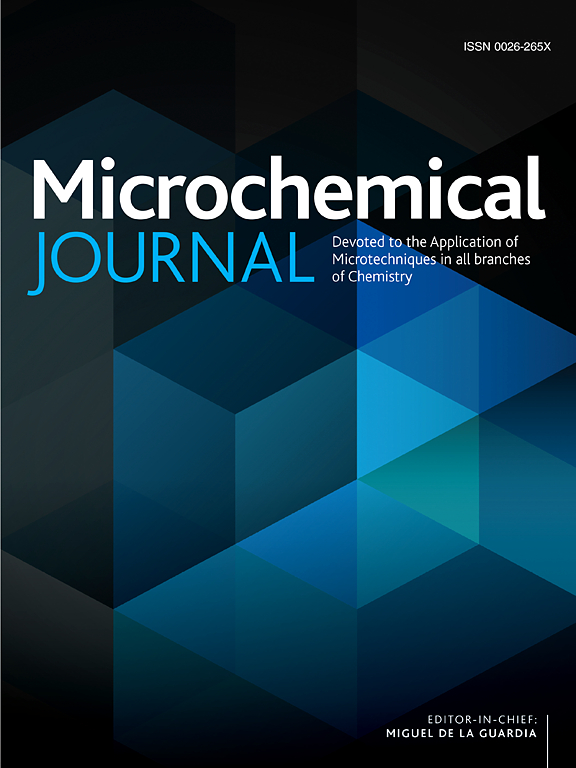Enhanced low-temperature sensitivity of H2S gas sensing via oxygen vacancy-rich NiO-SnO2 heterojunction nanostructures
IF 4.9
2区 化学
Q1 CHEMISTRY, ANALYTICAL
引用次数: 0
Abstract
The detection of low concentration hydrogen sulfide (H2S) gas is of paramount importance for environmental safety and human health, given its colorless, toxic, and flammable nature. In this study, heterostructure material composed of SnO2 nanorods modified with NiO nanosheets were synthesized, which significantly improved the detection performance of the sensor for hydrogen sulfide (H2S) gas at low temperatures by combining the interaction between oxygen vacancies and built-in electric fields. The formation of heterojunctions was verified using X-ray diffraction (XRD) and transmission electron microscopy (TEM), and the existence of oxygen vacancies was further confirmed through electron paramagnetic resonance (EPR) spectroscopy. The heterojunction sensor, when modified with 3 mol% NiO, exhibited an exceptional response value of 386 towards 10 ppm H2S at 125 °C, with a rapid response time of 6 s, surpassing that of the pristine SnO2 sensor. This superior performance can be attributed to the synergistic effect of oxygen vacancies between SnO2 and NiO, along with the inherent electric field present in the heterojunction. The study showcases the remarkable selectivity and long-term stability of this sensor in detecting hydrogen sulfide gas, offering innovative insights for the advancement of low-temperature and highly sensitive H2S gas sensors.

通过富氧空位 NiO-SnO2 异质结纳米结构提高 H2S 气体传感的低温灵敏度
本文章由计算机程序翻译,如有差异,请以英文原文为准。
求助全文
约1分钟内获得全文
求助全文
来源期刊

Microchemical Journal
化学-分析化学
CiteScore
8.70
自引率
8.30%
发文量
1131
审稿时长
1.9 months
期刊介绍:
The Microchemical Journal is a peer reviewed journal devoted to all aspects and phases of analytical chemistry and chemical analysis. The Microchemical Journal publishes articles which are at the forefront of modern analytical chemistry and cover innovations in the techniques to the finest possible limits. This includes fundamental aspects, instrumentation, new developments, innovative and novel methods and applications including environmental and clinical field.
Traditional classical analytical methods such as spectrophotometry and titrimetry as well as established instrumentation methods such as flame and graphite furnace atomic absorption spectrometry, gas chromatography, and modified glassy or carbon electrode electrochemical methods will be considered, provided they show significant improvements and novelty compared to the established methods.
 求助内容:
求助内容: 应助结果提醒方式:
应助结果提醒方式:


